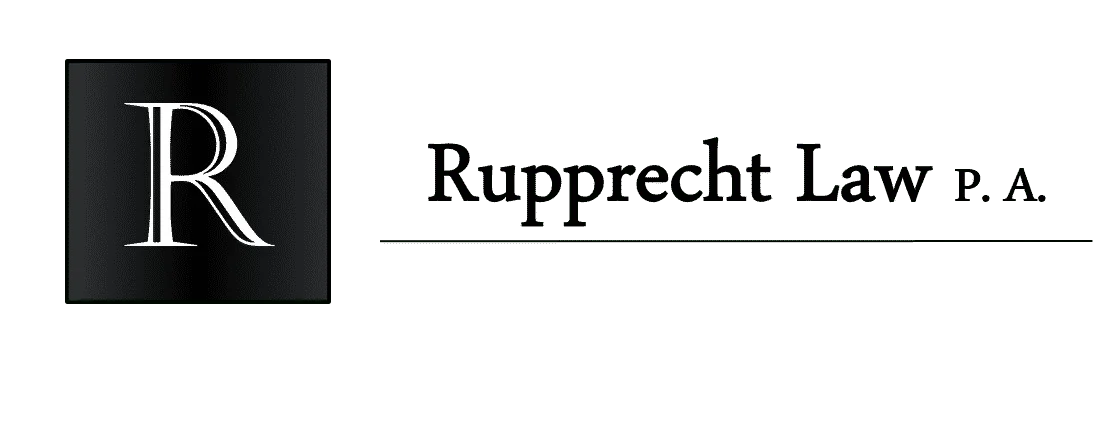The use of drones in urban environments—for deliveries, inspections, media, emergency response, and public safety—has grown rapidly. Cities provide huge opportunities for drone innovation, but they also pose the greatest legal and regulatory challenges. High population density, controlled airspace, and local restrictions make urban drone operations one of the most legally sensitive areas of UAS activity.
Unlike rural operations, urban flights often occur near airports, heliports, skyscrapers, crowds, and restricted airspace. This means operators must carefully navigate FAA rules, local ordinances, and liability risks before deploying drones in city settings. For businesses, the legal framework can be complex, requiring specialized legal expertise in aviation, municipal law, and risk management.
Why Legal Guidance Matters
Flying drones in urban areas without proper authorization can expose operators and clients to:
FAA enforcement actions, including fines and flight bans.
Civil liability for injury, property damage, or interference with manned aircraft.
Insurance limitations, as urban operations often fall outside standard coverage.
Local legal risks, including city or state restrictions on takeoff, landing, or privacy.
How We Support You
We help clients safely and legally unlock the potential of urban drone operations by providing:
Structuring compliance with FAA Part 107 waivers (night flying, over people, BVLOS, multiple drones).
Securing airspace authorizations for operations near airports and restricted zones.
Advising on privacy and surveillance laws, including state-specific requirements.
Drafting contracts and liability frameworks tailored to urban risks.
Ensuring compliance with local ordinances governing drone takeoffs, landings, and operations.
Services
- Waivers Learn more…
- Exceptions Learn more…
- Demonstrations Learn more…
Guides
- Ultimate Guide to Drone In A Box Ops(Laws, Tips, Lists, Problems, Companies). Learn more…
- Ultimate Guide to U.S. Drone Regulations. Learn more…
- Free Part 107 Test Study Guide For FAA Remote Pilot Airmen Certificate. Learn more…
- Ultimate Guide to FAA’s Part 107 (14 CFR Part 107). Learn more…
- Drone Insurance Guide from Attorney/Flight Instructor. Learn more...
FAQS
Do heavy-lifting drones require special FAA certification?
Yes. Drones over 55 lbs require an Exemption (e.g., Section 44807), Special Airworthiness Certificate (SAC-EC), or a Part 135 certificate if carrying cargo for compensation. Each use case may trigger different certification pathways.
How long does FAA certification typically take?
Section 44807 Exemptions: 6–12 months.
Special Airworthiness Certificates: 3–9 months.
Part 135 Certification: 12–24 months depending on complexity.
What documentation is required for clients to start the process?
Aircraft specifications and safety data.
Flight manuals and maintenance manuals.
Safety case analysis (risk assessments).
Operations and training manuals.
Insurance and liability coverage documents.




